Have you ever wondered why scientists use complicated, italicized, tongue-twisting terminology to describe living organisms? Why in the world would someone choose to say
Canus lupus familiaris, when "Dog" is so much simpler? The truth is there are many advantages to the use of scientific names when referring to living things, beyond sounding sophisticated or impressing those surrounding you. You have likely seen these "scientific names" listed as ingredients in food, nutritional supplements, cosmetics, or in articles about nature. They often appear in parenthesis, following the more familiar "common name." For example: Turmeric (
Curcuma longa) or Black Pepper
(Piper nigrum). Although it is unlikely that you'd hear "Please pass the
Piper nigrum" at the dinner table, there are many situations where scientific names are entirely appropriate, and even preferable.
Names, in any form, are distinctive designations of persons and things. Names differentiate and clarify our identities as people, and instill in us a sense of uniqueness and individuality. They also allow us to differentiate things around us (including other organisms) and clearly communicate observations about these things with other people. In biology, we have developed a formal system of naming living organisms, known as binomial nomenclature. Each species is given a unique scientific name with two terms (bi-nomial), both of which use Latin grammatical forms composed of Latin, Greek and other roots. To use a familiar example, "human" is the common name referring to the species "
Homo sapiens." The two parts of a binomial represent the generic name (which identifies the genus to which the species belongs) followed by the specific epithet (which identifies the species within the genus). For example, the Shiitake mushroom belongs to the genus Lentinula and the species
Lentinula edodes.
This system was originally developed by Carl Linneus and published in
Systema Naturae (The System of Nature), his hierarchical system of classification for nature. In this work, he attempted to describe all living things within the ranks of kingdom, class, order, genus and species. Although the last edition was published in the 1760s, much of Linnean taxonomy is still in use today, with additional ranks added along the way.
Originally, there were only 3 kingdoms: Stones, Plants, and Animals. Fungi, Algae and Lichens were all considered part of the kingdom Plantae, which remained the case until the mid-20th century. In 1969, Robert Whittaker proposed a five-kingdom classification system which recognized an additional kingdom for the Fungi (Whittaker, 1969). This formal distinction, which had previously been proposed by many, was long overdue. Some may recall the following mnemonic phrase from High-School Biology class: King Phillip Can Order Frog Gut Soup, representing the hierarchical taxonomic ranks of Kingdom, Phylum, Class, Order, Family, Genus, Species. Think of binomial nomenclature as the Gut Soup of it all.

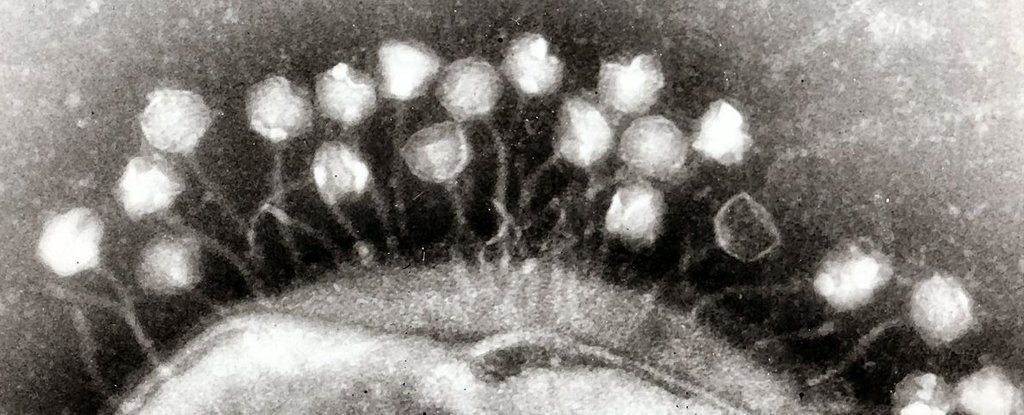


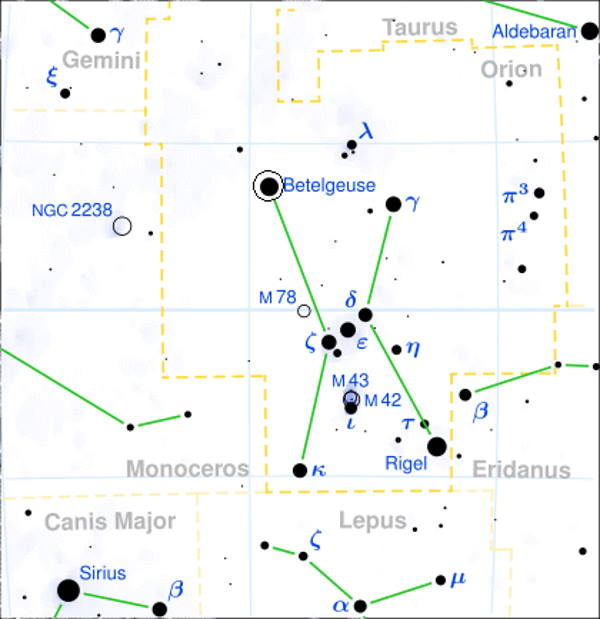
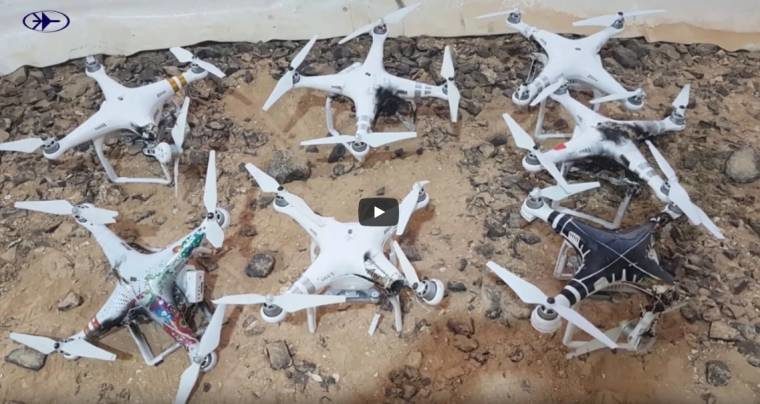

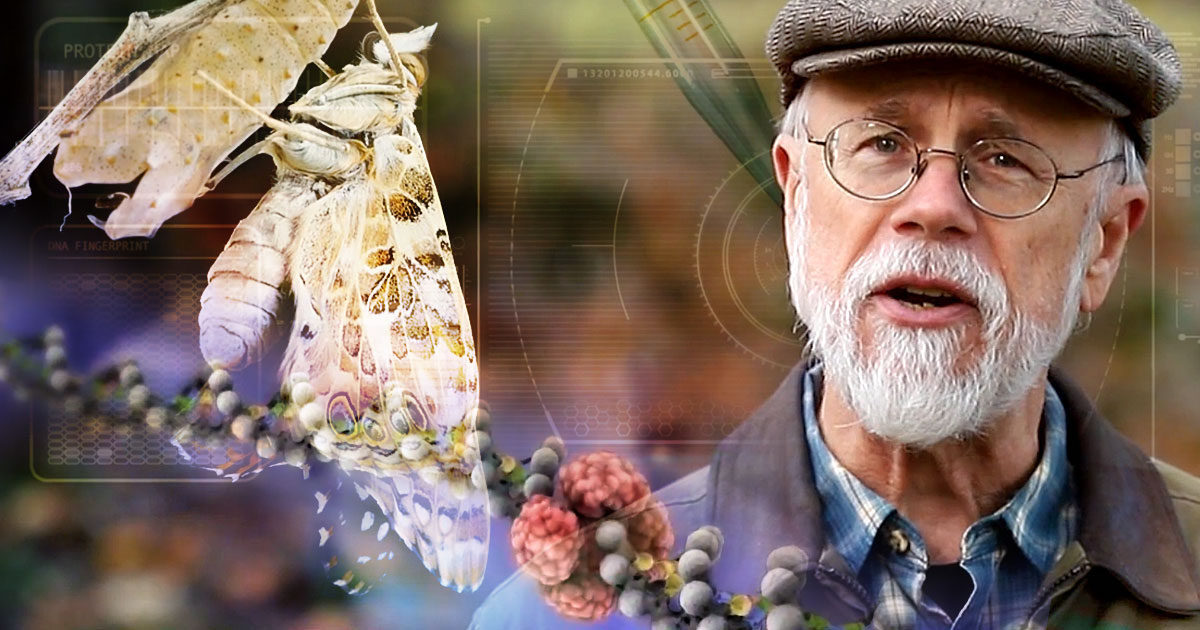
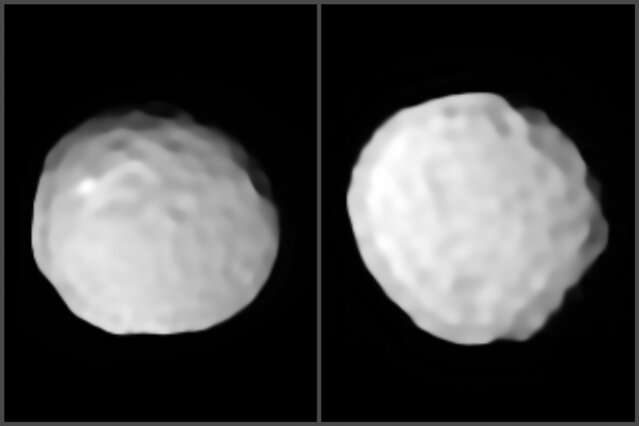




Comment: See also: